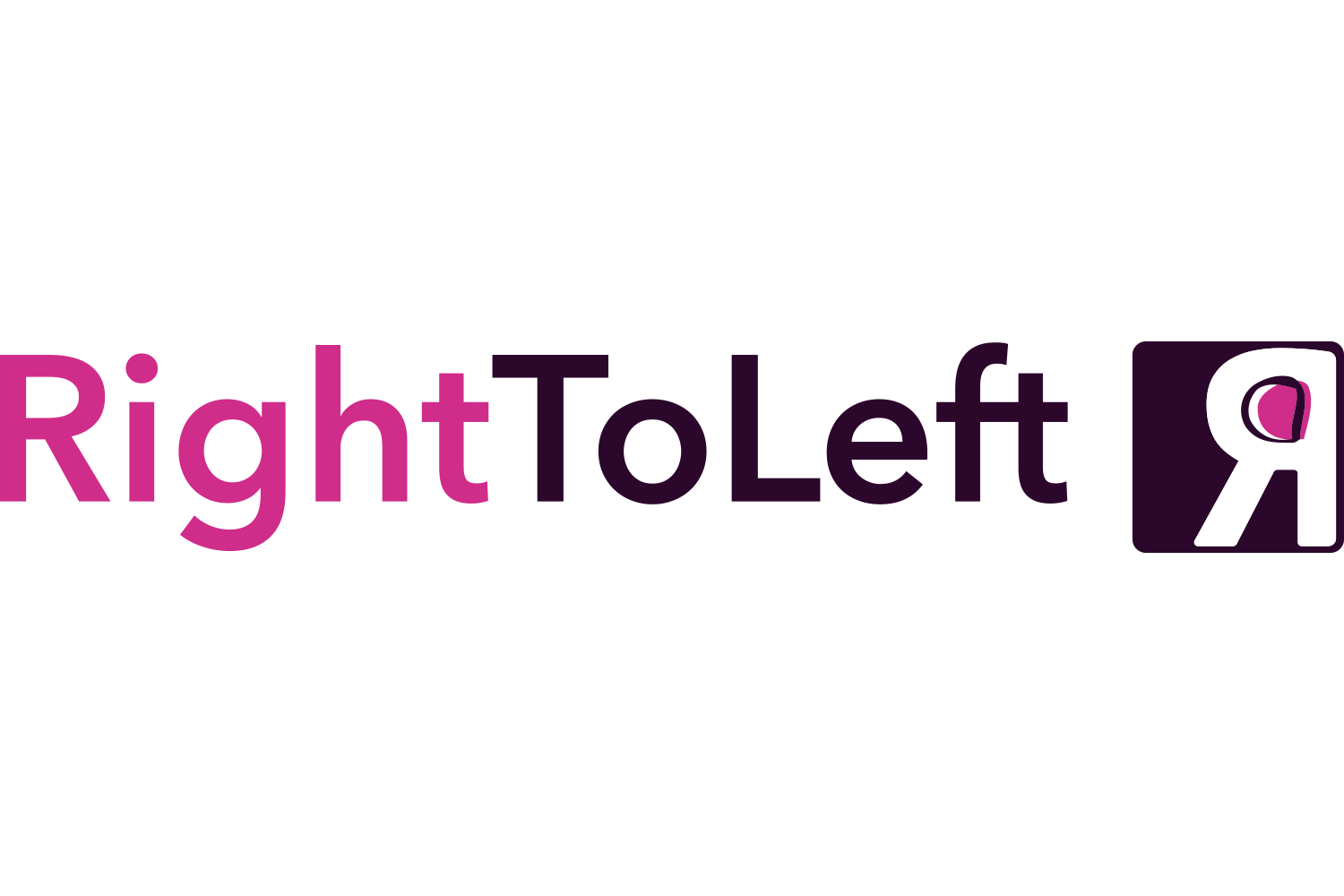How founders can avoid the Solution Led Illusion.
It keeps happening. I get invited into a B2B tech scale-up and find the purpose of product management has been completely lost. The product role has become part of a development methodology and is no longer accountable for anything more than delivery.
When a product function is absorbed by delivery, who makes sure the problems being solved will create value? We want to avoid companies investing millions of pounds on product development to generate little return. The real impact is not the wasted spend but the missed opportunity.
So how does this happen?
The pattern I see repeatedly is the company grows, so the founder increases the investment in product development but doesn’t see the desired return. They become unsure if the product development teams are working on the correct problems. Finally, they look at the return from the increased spending and feel underwhelmed.
Generally, the leadership team does not include a seasoned, highly experienced product leader at this stage. So instead of recognising the pain points and knowing what playbook to follow to improve this situation, the founder is forced to resort to gut intuition.
The founder fondly remembers when the business was embryonic and growing fast, and they recall the rapid development of features that directly impacted sales. They reflect this as highly efficient at creating the proper outcomes with rose-tinted glasses.
Eventually, after becoming disillusioned with the product function, the founder (or leadership team) steps in to help. They start to become prescriptive to support product development and tell the solution.
As soon as the founder utters the words I hear too frequently, “I know what’s needed, they just need to build it…” the product function has completely broken.
This approach might deliver some results to fuel the illusion for a few quarters, but usually, that’s due to improved communications and alignment, not better product decisions. The upside is short-lived.
I call this scenario the “Solution Led Illusion” depending on how long the illusion has been in place impacts how expensive and time-consuming it will be overcome. The ideal is to recognise that trigger point when product development feels inefficient and react by levelling up product leadership.

